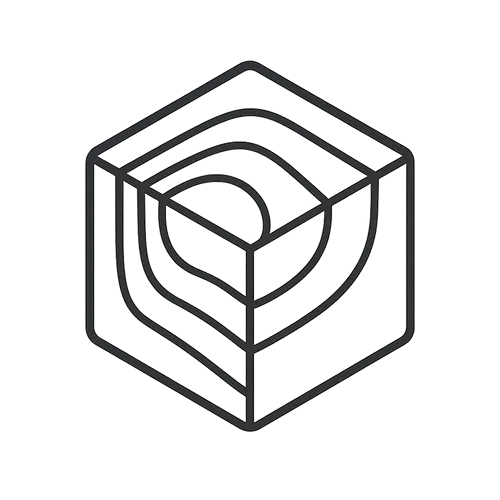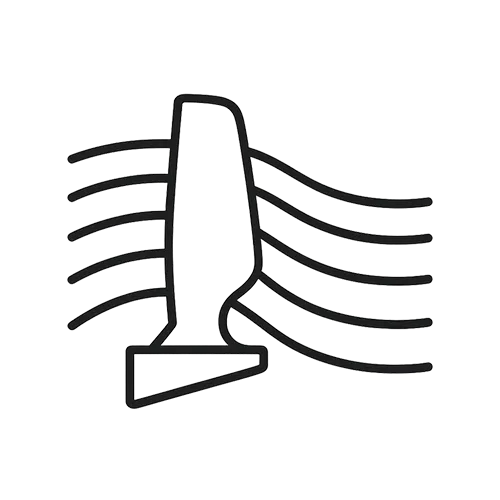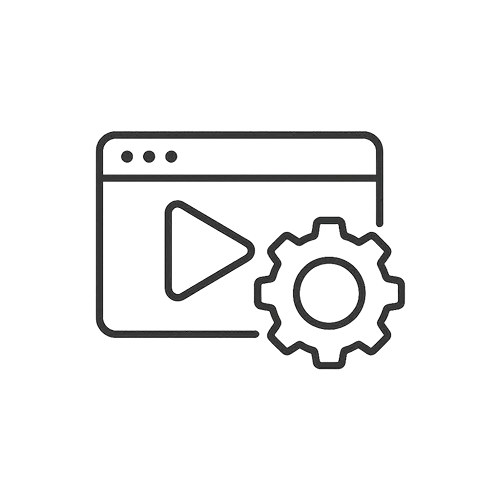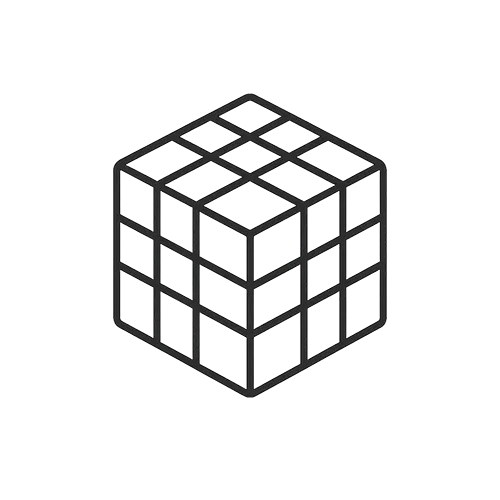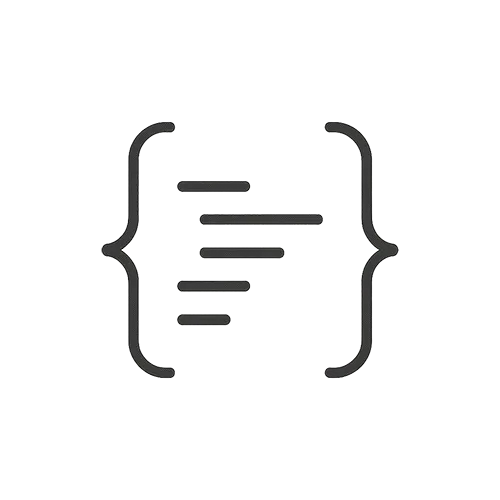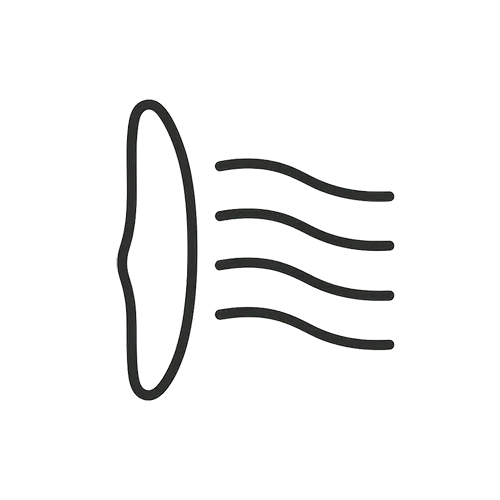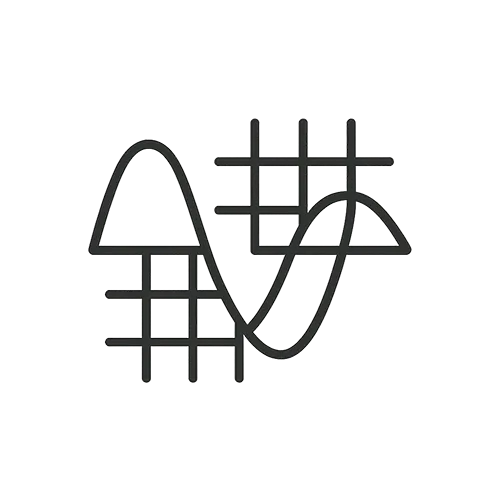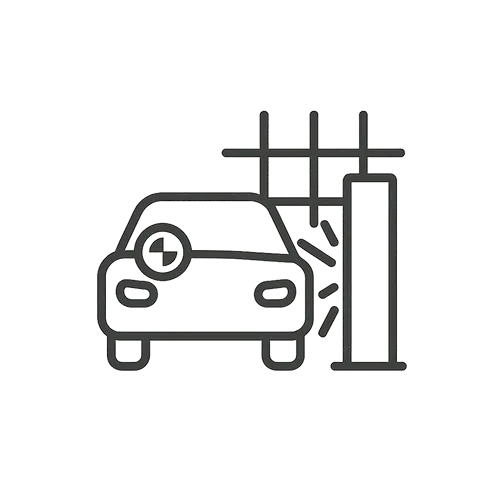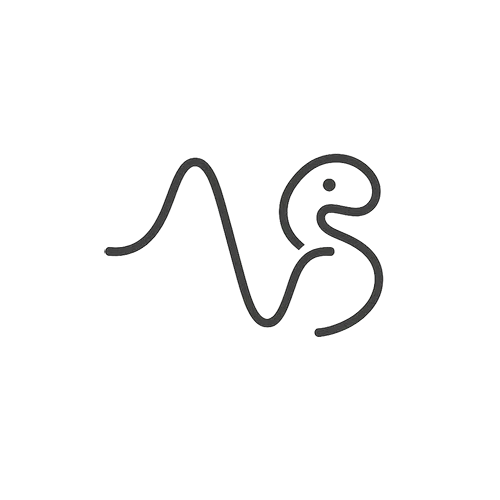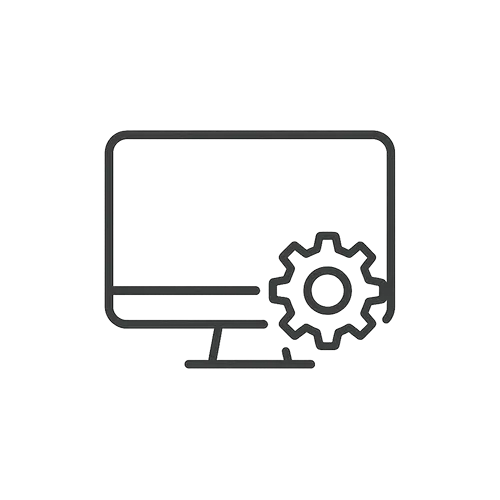CAD (Computer Aided Design) and CAM (Computer Aided Manufacturing) are complementary but distinct steps in the product development process. CAD refers to the use of computer software to create precise digital models of objects – either 2D drawings or 3D models. Engineers and designers use CAD tools to design a part or assembly, define its geometry, dimensions, and often simulate its behavior. Essentially, CAD answers “What does the part look like and what are its specifications?” including size, shape, and often material. CAM, on the other hand, uses those CAD models to plan and control manufacturing processes – it answers “How do we make this part?”. CAM software takes a CAD design and generates the instructions that fabrication machines need, such as G-code for CNC machines, tool paths for mills and lathes, or layer instructions for 3D printers. In practical terms, a CAD model (for example, a 3D solid model of a mechanical part) is fed into a CAM program; the CAM system then helps the engineer set up machining strategies: selecting tools, cutting speeds, tool trajectories, etc., to actually produce the part on a machine. The main difference lies in their focus: CAD is about designing the product, optimizing its form and function digitally, whereas CAM is about manufacturing the product, optimizing the fabrication process. In modern workflows, CAD and CAM are often integrated (sometimes in the same software suite) so that design changes update machining instructions in a semi-automated way. To summarize: use CAD to create and refine your part’s design in the virtual space, and use CAM to translate that design into real-world production steps (cutting, drilling, printing, etc.) – CAD defines what needs to be made, CAM figures out how to make it efficiently.
What is the difference between CAD and CAM in the engineering process?
0
Engineering Downloads
0 Subscribers
Submit Answer
0 Answers
